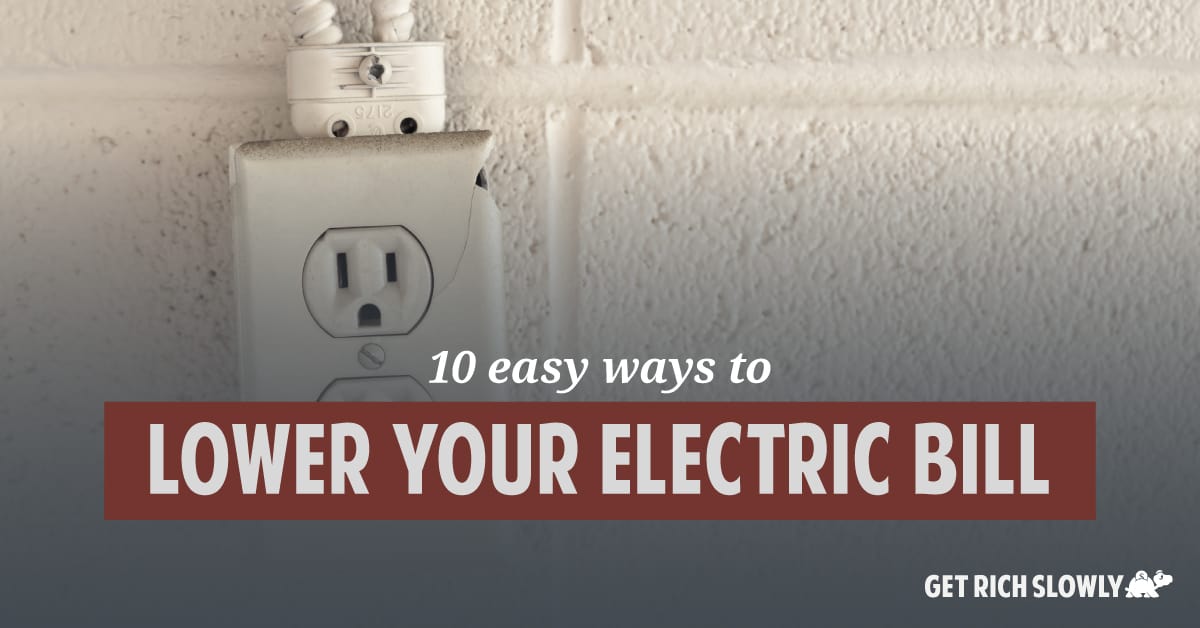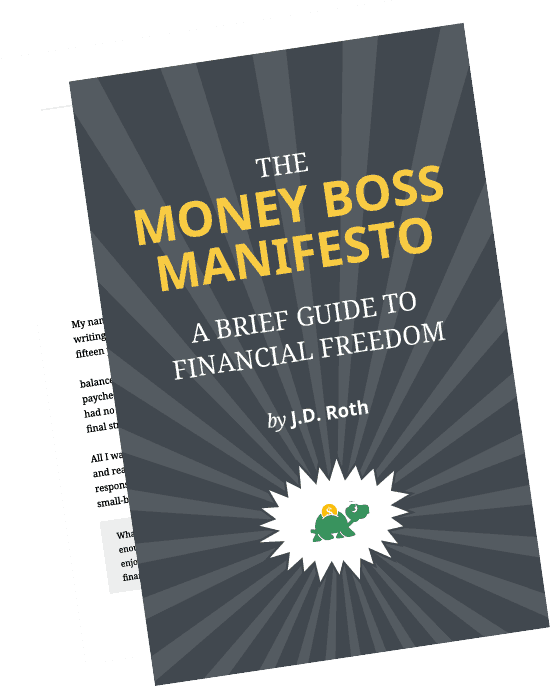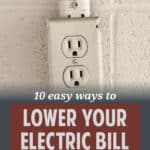10 easy ways to lower your electric bill

I don’t know what the weather is like where you live, but here in Austin, Texas, the heat and drought are the topic of 85% of conversations (that’s science).
 As a native Texan, I usually roll my eyes when people lament about the heat. One of my friends summed it up nicely: “I’m tired of hearing people talk about the weather. It’s hot in the summer and cold in the winter. Welcome to Earth.”
As a native Texan, I usually roll my eyes when people lament about the heat. One of my friends summed it up nicely: “I’m tired of hearing people talk about the weather. It’s hot in the summer and cold in the winter. Welcome to Earth.”
But this year is different. According to the Lower Colorado River Authority, a nonprofit public utility in Central Texas, the 10 months from October 2010 through July 2011 have been the driest for that period since 1895, when the state began keeping rainfall records. Without rain, temperatures hit record levels in June and July, which were the hottest months on record statewide. As of August 5, Austin hit 100+ degrees 52 times this summer.
Lowering Energy Use, the Lazy Way
As a result, the cost to cool our house is getting obscene. We could dial the temp up to 80 degrees, put a kiddie pool in the living room, and buy some $72 over the course of a year, install a programmable thermostat when ours works fine, or purchase a new washing machine with energy-efficient motors and pumps. If I needed new appliances, sure, I’d check out energy-efficient models, but ours are all sufficient.
I know I could be doing more to
- Seal up the house. I’m pretty sure we have money leaking through cracks around the doors and windows. It’s simple enough to buy caulk and weather-stripping to seal cracks — in fact, we already have caulk left over from other projects. According to Consumer Reports, sealing leaks can reduce energy costs by 15 to 30%
- Use heat-generating appliances at night. I know this should be a no-brainer, but I like to bake, and because I work at home, I can bake whenever the mood strikes. But obviously a hot oven in the heat of the day forces the AC to work harder to keep the house at a comfortable temperature. The same goes for clothes dryers and dishwashers. Use these at night when outside temps are cooler.
- Wash laundry with cold water. According to Michael Bluejay, A.K.A. Mr. Electricity, washing clothing in cold water instead of hot can save $152 per year.
- Go retro with a crock pot. Speaking of ovens, there’s nothing that heats up our house faster than a preheating oven and a few pans on the stove top. Slow cookers, on the other hand, use less energy and won’t turn your kitchen into, well, an oven. I think the crock pot often gets a bad rap thanks to the old way of slow cooking: bland recipes created from canned and prepackaged ingredients. But the slow cooker is enjoying a quiet revival, and with it we’re seeing better recipes, such as this pulled-pork sandwich and these triple chocolate brownies.
- Air-dry clothing. I like this idea in theory. J.D.’s wife Kris credits always allergy season. But if you have the room to spare, you could dry clothing inside on hangers. We’ve enough space in our laundry room to hang quite a bit of clothing, so I’ll start air-drying more.
- Turn on fans. Fans make a room feel cooler, and the one in our living room quit working weeks ago. We need to fix it. Bluejay says it could save us $438 per year.
- Unplug electronics. I know, I know. It should go without saying. I seem to forget about phone chargers and camera battery chargers, though. Because of this, they stay plugged in, sucking change from our bank account. By using power strips, I could shut off electricity to these devices all at once. Consumer Reports also found that you can save $25 to $75 each year just by putting your computer on standby.
- Consider your light bulbs. Bluejay says you can turn off lights you aren’t using to save $274 a year; turn off a single 100-watt light bulb from running constantly to save $131 per year; and replace ten 60-watt light bulbs with compact fluorescents to save $123 per year (upfront cost estimate: $32).
- Don’t cool an empty house. If you have a programmable thermostat, program it! We don’t have one, which means I have to make it a habit to raise the thermostat when I do leave the house. Close off rooms you aren’t occupying, as well.
- Replace air filters monthly. We’re pretty good at replacing our filter, but we could be more diligent. Dirty filters restrict airflow, causing the AC system to run longer and use more energy. I’ve added a recurring task to my calendar to make sure the air filter gets replaced each month.
All of these tasks should add up to noticeable savings and don’t require much time or money. (Fingers crossed that ceiling fan will be an easy fix!) Once I’ve taken these steps, maybe I’ll be ready for more. For now, it’s much too hot to think about new appliances, insulation, and replacing windows. Besides, I’ve got triple chocolate brownies to bake.
What are some other easy ways to take a bite out of your electricity use? Share them in the comments!
Become A Money Boss And Join 15,000 Others
Subscribe to the GRS Insider (FREE) and we’ll give you a copy of the Money Boss Manifesto (also FREE)


